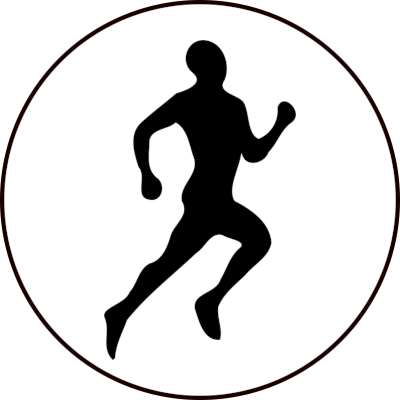Most reindeer live North of the Arctic Circle, where the sun does not rise above the horizon in winter months. I suspect most summer days are brighter than the few hours of twilight the reideer get in December.
- 1 Post
- 11 Comments

 3·4 months ago
3·4 months agoAh. Well, perhaps I ought to amend it to an average Northern European, then. There are definitely no true scorpions in the Nordics, although we probably have some tiny pseudoscorpids around somewhere. Although I’ve hiked all over Southern Spain and never spotted a scorpion there either.
…which probably says more about my perceptiveness or lack-there-of than anything else./edited for spelling

 12·4 months ago
12·4 months agoHuh. There being scorpions everywhere except the Arctic is such a wild statement to your average European. Never have I ever seen a scorpion outside a terrarium despite having traveled and hiked extensively in various countries around the continent.
Are they truly that common in the Americas, even in more temperate climates?

 0·4 months ago
0·4 months agoI would recommend soppa365.fi for your recipe needs. It compiles recipes in Finnish from several sources. You can usually find something that works with little to no adjustment.
By definition, if Finland is included, we’re talking about Fennoscandia and, if you add in Iceland, it’s the Nordic countries.
Denmark is usually included in Scandinavia, but technically it isn’t part of the Scandinavian peninsula.
However, I know that outside Europe the distinctions aren’t all that important.
I would probably pick Denmark as a favourite based solely on their legal right to hit ice-crossing Swedes with sticks. And Swedes suck balls (source: am Finnish).
However, to be somewhat pedantic, Scandinavia either refers to Sweden, Norway, and Denmark, or just Norway and Sweden (the actual Scandinavian peninsula). Finland, Iceland, and the Baltic countries are not part of Scandinavia.

 0·6 months ago
0·6 months agoFinally picked up a hands-free leash and a running belt to try running with my pup. Three short runs in (to acclimate us both), and he’s super excited to see the harness come out of the drawer. It feels good to have a running buddy.
I’ve been off the wagon for years, ever since the pandemic and some lingering long covid symptoms, but I think the pup’s excitement might be enough to motivate me to be consistent.
Totality, as in the entirety, of the Alhambra is in the photo.
The most recent eclipse, which is probably what is causing the confusion here, was not visible in Spain.
No one.
Our one-year-old pup was genuinely upset about having to sleep in the same room as us on a weekend trip to the countryside.
At home he sleeps in the study and kicks up a fuss if anyone disturbs him by existing in ‘his’ room after 10 pm.
//Edited for basic grammar because proofreading is not my forte.

 5·9 months ago
5·9 months agoAnother Finn here.
Crate-training itself is not illegal in Finland. There are, however, requirements for crate size and limits on how long a dog can be kept in a crate.
My one-year-old pup is crate trained and had enforced crated naps as a puppy. He is a very active breed that tends to have trouble managing their own excitement level, especially when young. These days the crate sits open and the pup elects to sleep in it most nights, and sometimes during the day if he wants to be left alone.
In addition, he has a collision-tested car crate that keeps him safe while traveling. He treats it like his puppy crate and just snoozes through most drives.
I don’t see an issue with crate training if it is done with the dog’s needs in mind. Crate is not a convenient storage to keep your pet in, and a dog should not be left crated for an entire work day. They need space and enrichment in their days to be happy and healthy.





Hm. I showed this to my husband, who immediately pointed out that it’s an anti-tank mine and thus couldn’t be foot-activated.